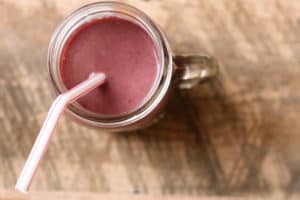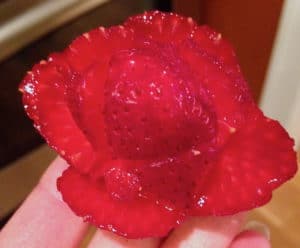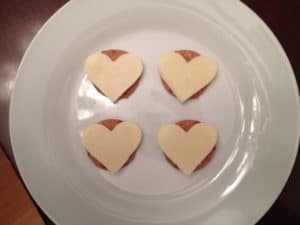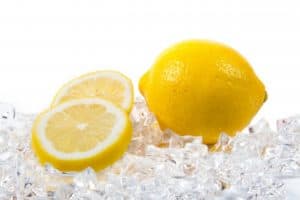
SIBO (pronounced see-bo) is an acronym for Small Intestinal Bacterial Overgrowth. Your colon has 100 billion bacteria per milliliter but your small intestine should have less than 100,000/ml. When too many bacteria migrate or colonize in the small intestine, SIBO develops and all hell breaks loose.
SIBO is responsible for all sorts of uncomfortable symptoms, such as gas, bloating, and diarrhea. More importantly, it causes damage to the small intestine leading to a ton of non-digestive problems as well. It is estimated that 84% of people with IBS (Irritable Bowel Syndrome) also have SIBO. Similarly, people with Crohn’s Disease and Celiac are likely to have SIBO as well.
When bacteria are in your colon (large intestine), they eat what’s left over (mostly fiber) after you have absorbed all the nutrients that your body needs. But when the bacteria in your small intestine (before your body has absorbed all that it needs), they get VIP access to your food (carbohydrates are their favorite). As described in the book Breaking the Vicious Cycle: “The presence of undigested and unabsorbed carbohydrates in the small intestine can encourage microbes to take up residence and multiply. This, in turn, may lead to the formation of products, in addition to gas, which injure the small intestine…. bacterial growth in the small intestine appears to destroy the enzymes on the intestinal cell surface preventing carbohydrate digestion and absorption and making carbohydrates available for bacteria” This is the cycle. Injury to the intestine–>impaired digestion and absorption–>bacterial overgrowth–>damage to the intestine–>impaired digestion…and so on. When the bacteria injure the intestines and impair digestion, the small intestines become less able to digest carbohydrates, leaving more for the bacteria to digest, and allowing for more bacterial multiplication. They are preventing you from digesting the very thing they need to eat.
Symptoms:
- Abdominal bloating and distention
- Gas
- Abdominal pain and discomfort
- Diarrhea, constipation, or a mix of the two
- Heartburn or GERD
Systemic symptoms and associated conditions:
- Vitamin and mineral deficiencies
- Leaky Gut (where your intestinal wall let’s things into your blood that aren’t supposed to be let in)
- Fatigue, brain fog
- Food sensitivities
- Headaches/migraines
- Mental Disorders (Autism, Depression)
- Obesity
- Skin problems
- Autoimmune disorders
How does this start?
- Insufficient stomach acid (acid kills bacteria)
- Impaired cleansing waves (a wave of muscle contractions that sweeps the debris out of the small intestine and into the colon in between meals and at night)
- Anatomical issue (such as having no ileocecal valve, the valve at the end of the small intestine, that keeps colon bacteria from migrating up)
- GI infections or disease (Crohn’s or Celiac)
There are a few treatments for SIBO, antibiotics being the best. But the underlying cause might still be a problem and the SIBO will likely reoccur. There are a few diet options as treatment: The Specific Carbohydrate Diet, GAPS diet, Elemental Diet or a low FODMAP diet. Each of these manipulates the type and amount of carbohydrates in your diet to starve the bacteria.
Nutrition therapy with a Registered Dietitian (who specializes in digestive disorders) is essential. Besides being necessary to attempt one of the therapeutic diets mentioned above, nutrition is critical for:
- Preventing the SIBO from returning
- Correcting vitamin and mineral deficiencies
- Healing the gut lining
- Increasing stomach acid
- Encouraging cleansing waves. (There are a few ways to do this, but my favorite is with lemon water)
Talk to your doctor if you suspect you have SIBO. And get a qualified Dietitian.
For more information about SIBO and how to get rid of it, check out my eBook!
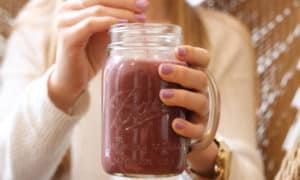 )
)
